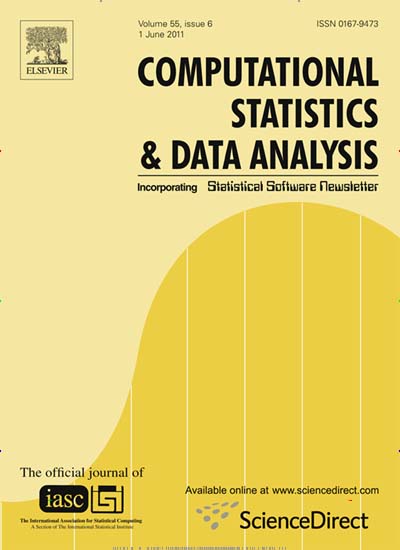
Is there a Superior Distance Function for Matching in Small Samples?
The study contributes to the development of ’standards’ for the application of matching algorithms in empirical evaluation studies. The focus is on the first step of the matching procedure, the choice of an appropriate distance function. Supplementary o most former studies, the simulation is strongly based on empirical evaluation ituations. This reality orientation induces the focus on small samples. Furthermore, ariables with different scale levels must be considered explicitly in the matching rocess. The choice of the analysed distance functions is determined by the results of former theoretical studies and recommendations in the empirical literature. Thus, in the simulation, two balancing scores (the propensity score and the index score) and the Mahalanobis distance are considered. Additionally, aggregated statistical distance functions not yet used for empirical evaluation are included. The matching outcomes are compared using non-parametrical scale-specific tests for identical distributions of the characteristics in the treatment and the control groups. The simulation results show that, in small samples, aggregated statistical distance functions are the better choice for summarising similarities in differently scaled variables compared to the commonly used measures.





